Now WIFI Routers Can Track Humans
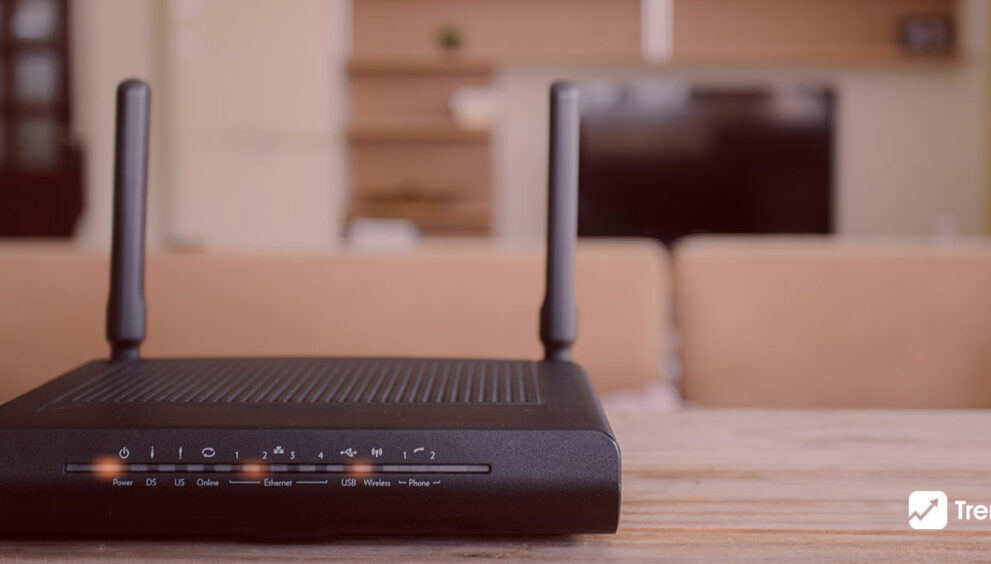
Wi-Fi has become an essential aspect of contemporary life, but it appears that technology can do a lot more than transfer data to and from our digital devices. Researchers in the United States have created RF Capture, a system that utilizes wireless signals to identify and track human movements across a facility, even when humans are hidden behind walls or furniture or in rooms at the opposite end of the building. Nowadays, WIFI routers tracking humans and their activities.
Researchers from the Massachusetts Institute of Technology (MIT) describe how RF Capture can identify specific people in another room and trace their body motion to detect how they’re moving – including walking, tracing hand gestures in the air, and even registering the rise and fall of a breathing person’s chest – in a paper that will be presented at the SIGGRAPH Asia 2015 conference next month.
Carnegie Mellon University researchers have devised a low-cost method for sensing persons through walls by combining two Wi-Fi routers to picture a human’s 3D form and attitude.
In a new publication, the researchers describe how they employed a deep neural network dubbed DensePose to map Wi-Fi signals (phase and amplitude) to UV coordinates, which is when the surface of a 3D model is projected to a 2D picture for mapping a computer-generated image.
WIFI Routers Tracking Humans! The Human Behavior Tracking
Using Wifi Channel State Information for environmental sensing and human activity detection is an innovative approach. These methods may be utilized for various safety and security applications by using Wi-Fi routers instead of the additional expensive gear necessary for vision-based systems, which are also known to be particularly privacy-invading.
The Technologies Behind the WIFI Routers Tracking Humans
Wi-Fi routers are now widespread in homes, and their capacity to estimate a Wi-Fi channel state provides a complicated but powerful means of sensing the surrounding environment. Wi-Fi CSI and Machine Learning (ML) are the technologies used for Human Activity Recognition. With such a system, we can tell if a person has a heart attack, improve security systems by detecting persons in complete darkness, and even possibly check whether a person is breathing and decide whether to call for an emergency.
Home Wi-Fi routers are often used just for communication. However, owing to environmental factors, connection quality might vary greatly. RSSI (Received Signal Strength Indicator) and CSI (Channel State Information) techniques are used to assess Wi-Fi channel conditions and, if necessary, optimize router setup. Because a person in the region covered by a Wi-Fi router also distorts radio waves during Wi-Fi communication between various devices, analyzing the distortion parameters allows one to draw some conclusions about what is going on around them.
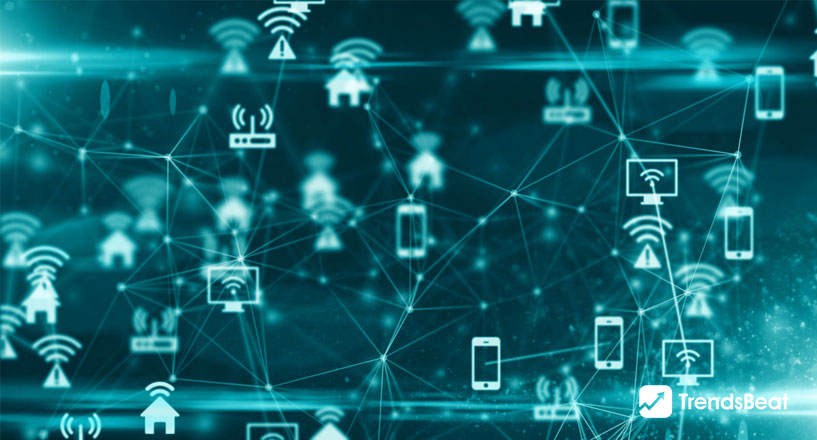
The RSSI is a metric that measures signal strength. It has been extensively utilized for active localization based on Wi-Fi fingerprinting or as a statistic for mobile device passive tracking. However, it is highly unreliable, varies from vendor to vendor, and cannot reliably record changes in the signal caused by human motions, particularly if a person is not directly between an Access Point and a Wi-Fi router. The CSI tool provides more exact channel status information. It monitors wireless signal propagation and offers amplitude and phase distortions for distinct sub-channels for each antenna pair of transmitter and receiver at each sub-carrier frequency. As a result, CSI changes in the time domain have various patterns for different persons, activities, and so on, and this may be utilized to recognize human activity.
The Ethical Implications of Wireless Network Tracking!
As AI applications have grown throughout society, questions over the ethics of data and communication have become nearly synonymous with them. The Internet of Things (IoT) and Artificial Intelligence (AI) technologies are two of the most controversial breakthroughs.
There is undeniably a lot of buzzes about IoT, AI, Machine Learning (ML), and other technologies. The possibilities are limitless since physical objects can wirelessly connect with other physical things, providing us with quick, contextual service.
This rapid technological advancement has raised various ethical concerns. The Internet of Things and Advanced Data Collection make it easier to observe and forecast user behaviors, with AI technologies easing the work of determining what end users require to establish engagement. With technological advancement and growth, there are significantly more opportunities to promote consumption across several devices. The combination of IoT devices with AI in this manner raises customer concerns about the privacy and security of their data and the veracity of the forecasts.
Ethical Concerns with IoT
The fundamental issue that businesses confront is that while customers utilize their IoT devices, they lack expertise and comprehension of how they function. Furthermore, the widespread view about IoT security is that it is woefully immature and extremely vulnerable to cyber-attacks.
Information Protection
IoT devices now on the market have a “fire and forget” mentality. Companies are releasing products to the market but neglecting to implement necessary upgrades to assure their safety.
![]()
The expense of IT security is a major reason why it is not widely used in IoT. As security features get more advanced, devices become more expensive to manufacture, which is inconvenient for enterprises operating in a competitive, and in most cases, start-up environment. There is a moral need for governments to do more with the present minimal regulatory obligations. The difficulty here is to have policies that do not preclude innovation while still striking the correct balance between innovation and security consequences.
Privacy
IoT devices generate massive volumes of user data. The goal is to give customized services to users using marketing tactics, resulting in both a company drive and a consumer advantage.
Two ethical difficulties arose as a result of this. Target must have used IoT devices to monitor credit card transactions and observe what she was purchasing to obtain data on her behavior. While most nations’ laws now require customers to have the option to opt out of such data collecting, the average shopper is unlikely to be aware of this.
Few Final Thoughts
This blog is aimed to provide information on how WIFI routers can track humans. We have discussed the technologies behind Wireless network tracking. Indeed! WIFI routers tracking humans and their activities and we have discussed the legal and ethical implications of wireless network tracking throughout the blog. By the end of this blog, you will be able to know the ethical concerns with IoT devices, human behavior monitoring, and personal data privacy.







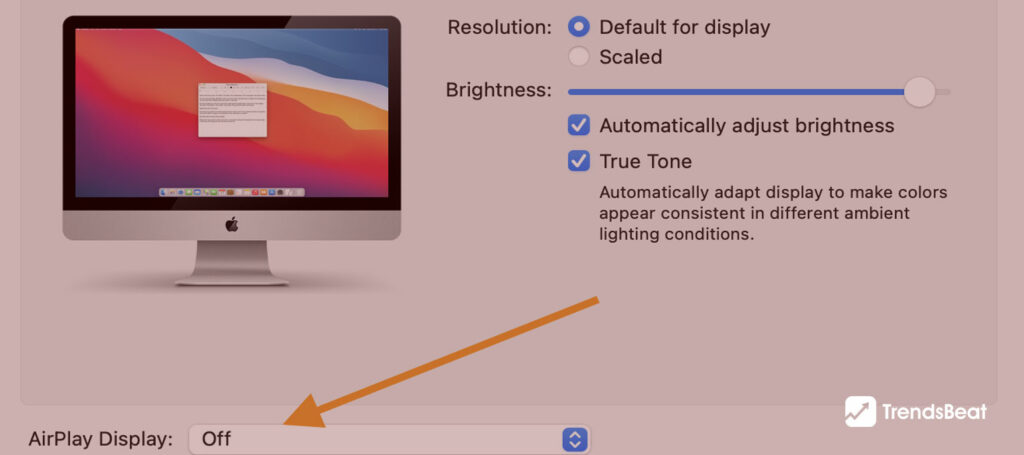



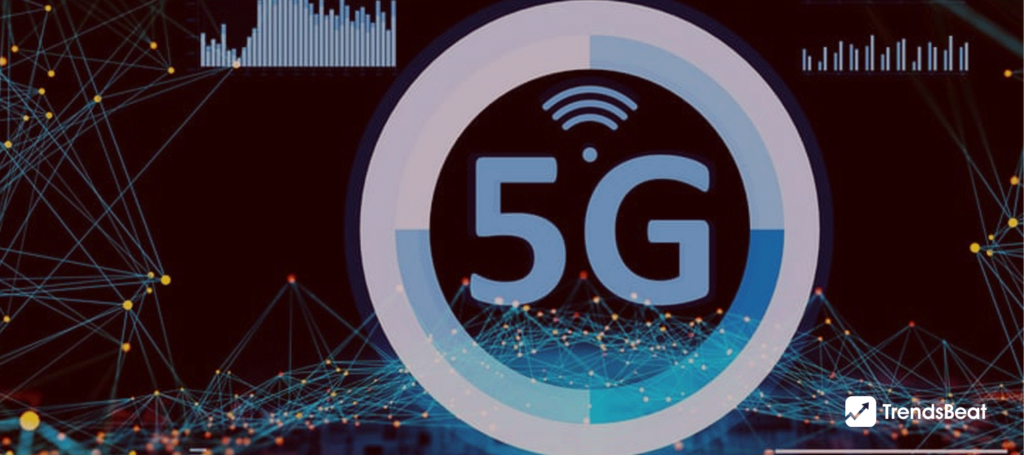










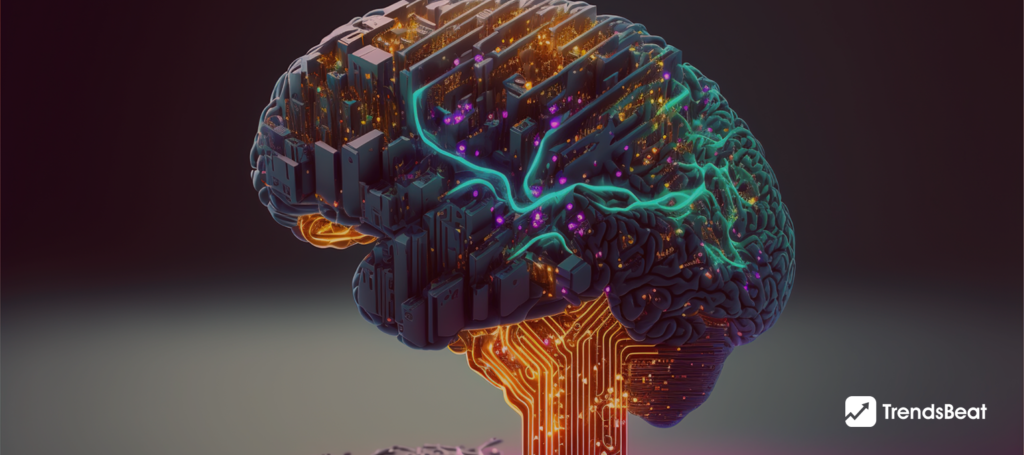


















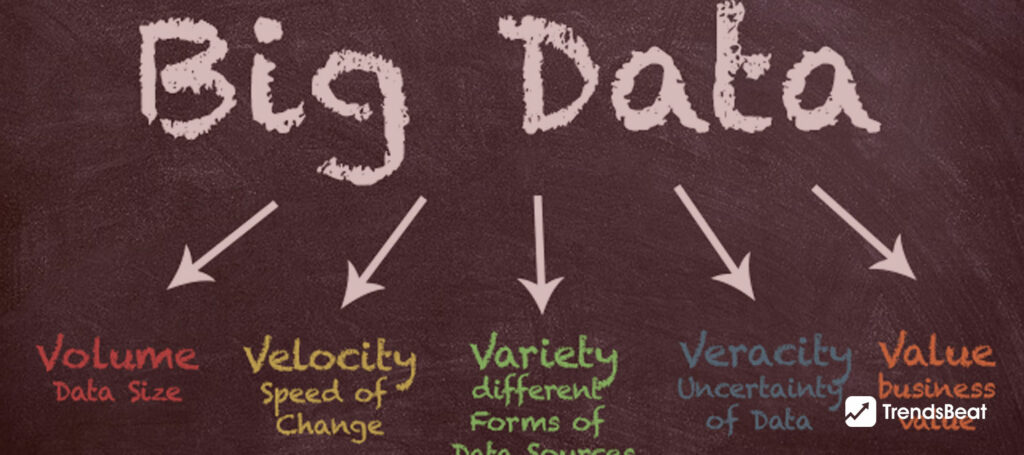
















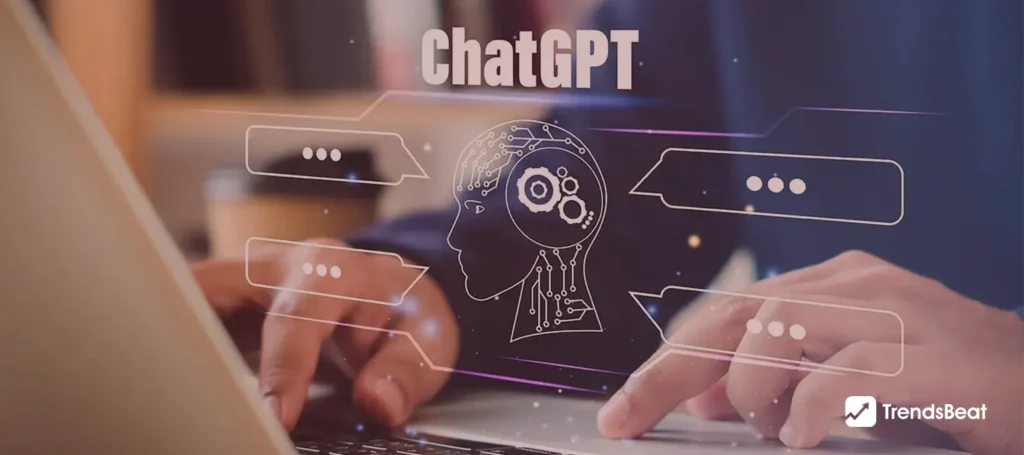





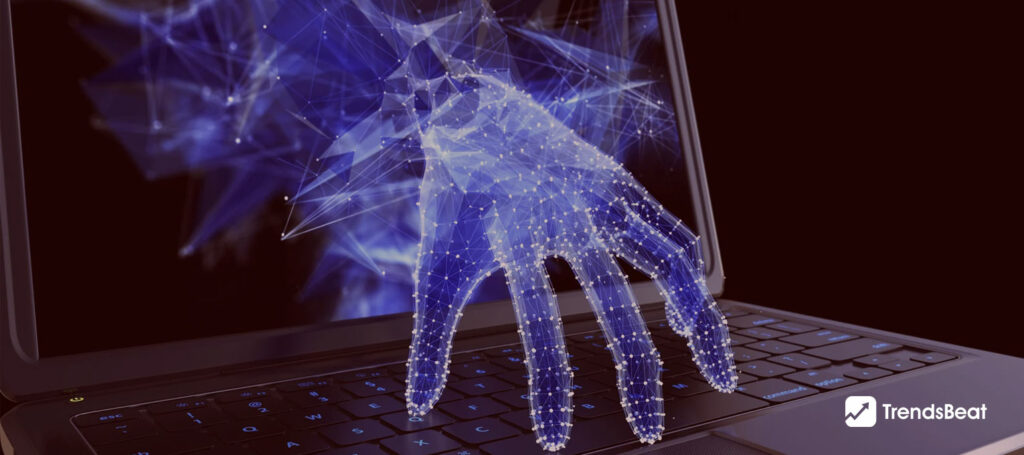

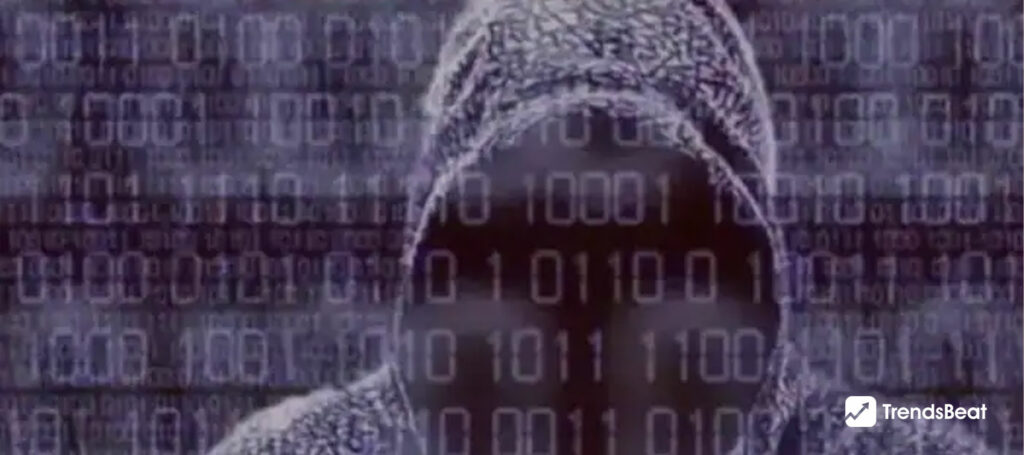




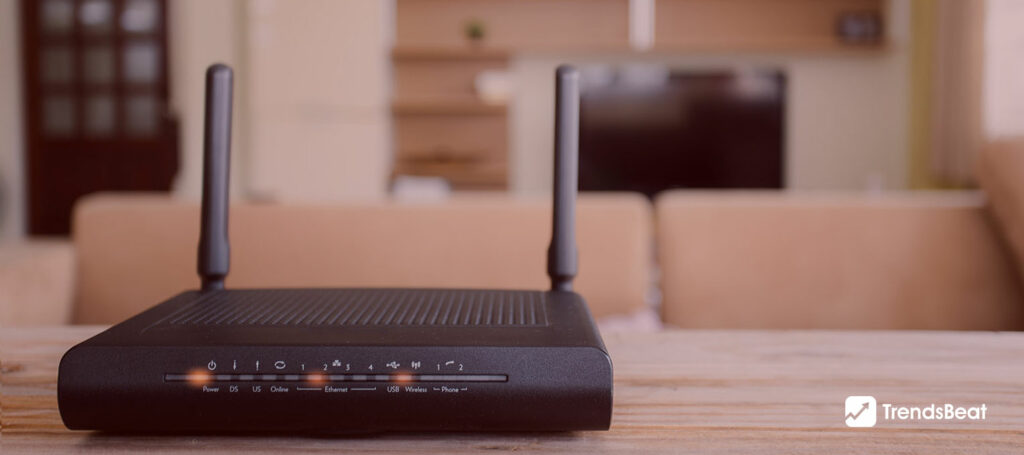





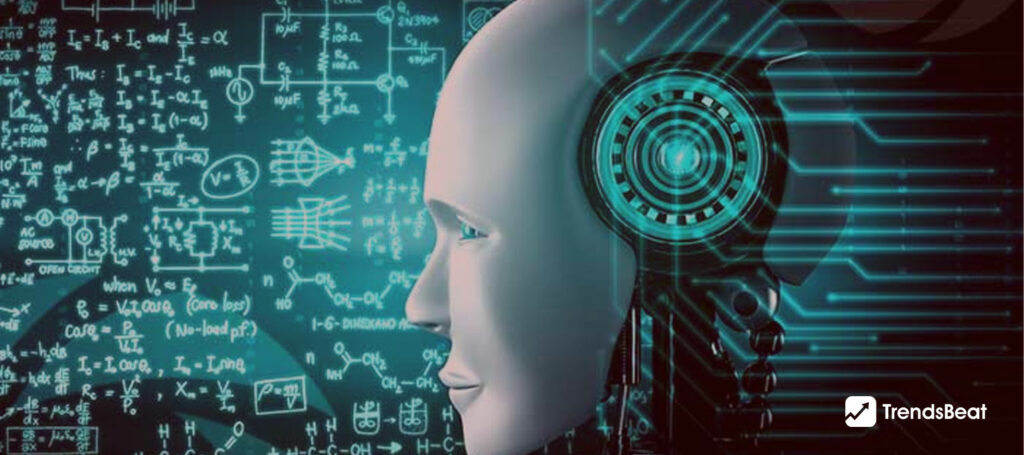

![Essential-Cybersecurity-Tips-for-Small-Businesses-[Protect-Your-Data]-TrendsBeat](https://trendsbeat.com/wp-content/uploads/2023/05/Essential-Cybersecurity-Tips-for-Small-Businesses-Protect-Your-Data-feature-image-template-1024x455.jpg)















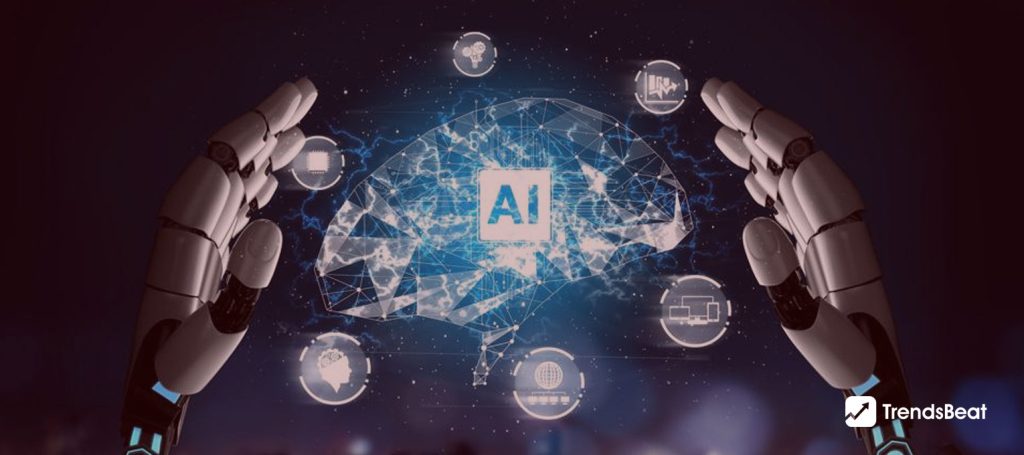


![Top Fitness Trends & Workout Routines to Follow [Stay Fit, Stay Healthy]](https://trendsbeat.com/wp-content/uploads/2023/04/feature-image-Top-Fitness-Trends-Workout-Routines-to-Follow-Stay-Fit-Stay-Healthy-1024x455.jpg)










![[Weight Loss Medication Health Effects] Side Effects and Best Advice](https://trendsbeat.com/wp-content/uploads/2023/04/feature-image-Weight-Loss-Medication-Health-Effects-Side-Effects-and-Best-Advice-1024x455.jpg)



